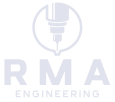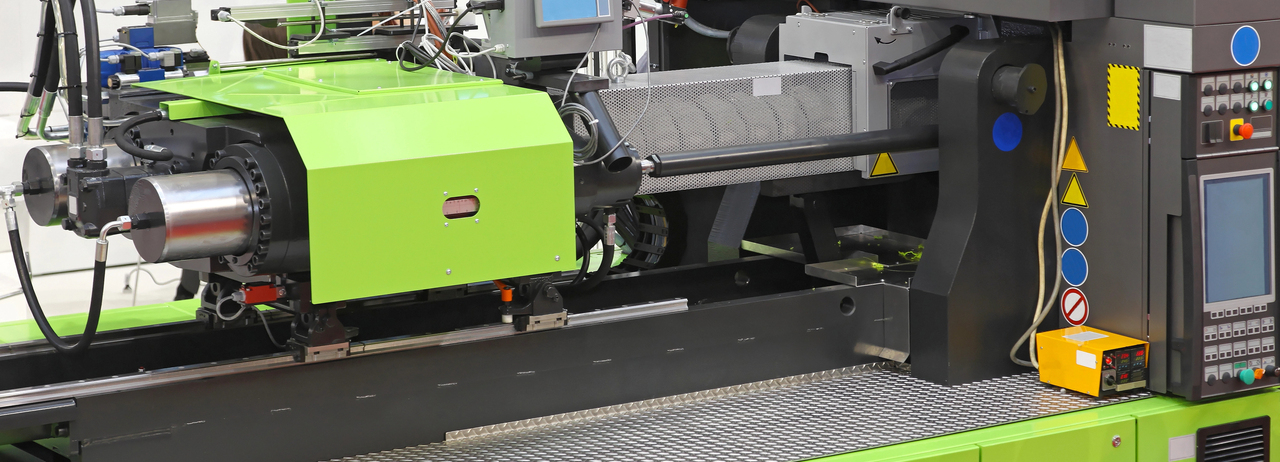
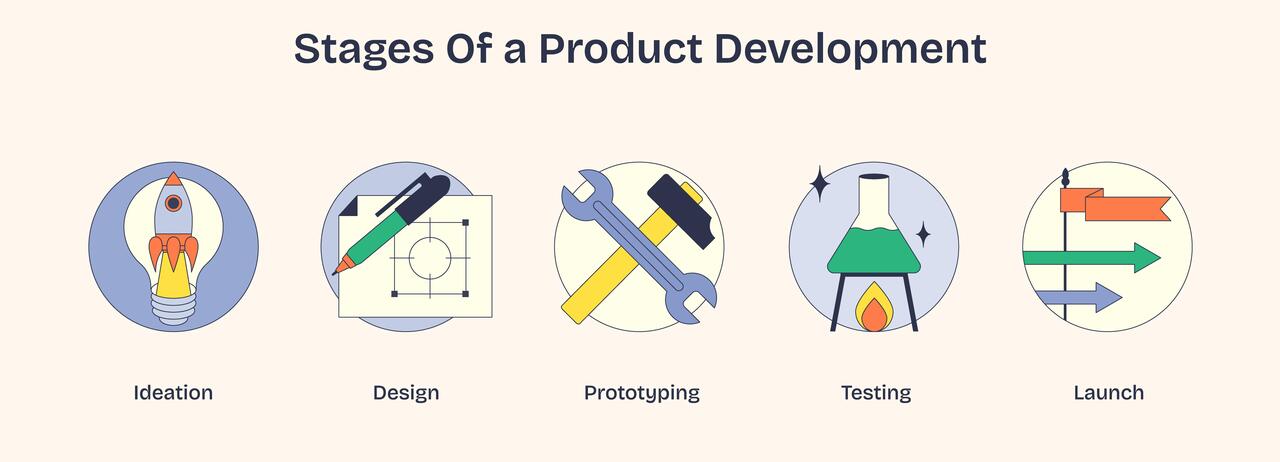
Product development forms the foundation for innovation in every industry. Companies that succeed in bringing new ideas to life do not rely on luck. They use a systematic, thoughtful approach that turns an abstract concept into a viable, user-centered product.
Understanding the stages of product development helps businesses align their resources, reduce risks, and meet real-world needs. Instead of approaching design randomly, successful teams move through carefully structured phases that maximize learning, creativity, and efficiency.
This article explores these key phases in a way that is practical, easy to understand, and actionable.
Discovery and Idea Generation
Every product begins with an idea. Discovery is not about inspiration alone; it involves identifying genuine needs and opportunities through research and creative exploration.
Teams may start by gathering customer feedback, analyzing market trends, or studying gaps in existing products. Brainstorming sessions and mind mapping help organize these insights and uncover new connections. The goal is not just to come up with ideas but to define clear user problems worth solving.
Techniques like the SCAMPER method (substituting, combining, adapting, modifying, repurposing, eliminating, and rearranging_ can stimulate thinking and guide teams toward promising directions. Without a well-grounded discovery phase, companies risk designing products that no one needs.
Market and Competitor Research
Once a promising idea is identified, market and competitor research validate its potential. This phase means gathering data on industry trends, customer demands, and competitor behavior. A strong product-market fit requires that the product meets an existing but underserved need, not just that it works technically.
Market research can involve surveys, interviews, social listening, and analysis of competitor offerings. Understanding the strengths and weaknesses of similar products gives valuable insights.
Teams can identify opportunities to improve upon what exists or offer better solutions. Good research informs every design decision going forward and makes development more focused and grounded.
Without competitor analysis, it becomes difficult to stand out. Organizations that take time to learn about the market gain an advantage. This shapes their strategies around actual user needs instead of assumptions.
Planning and Strategy Formation
With research insights in hand, the next phase focuses on turning ideas into action. Planning involves defining the product's core features, requirements, and timeline. This step lays out exactly what the product will do, how it will serve users, and what success looks like.
Planning requires detailed thinking about resources, staffing, production methods, marketing strategies, and distribution channels. User needs should drive every decision during this stage.
Without a clear roadmap, development risks, delays, cost overruns, or a finished product that misses expectations. Planning also includes identifying risks early and building flexibility to adapt if new information arises during development.
Prototyping and Early Modeling
Prototyping brings ideas into the physical or digital world. A prototype is not the final product; it is a working model used to explore design options and test assumptions. Teams may start with low-fidelity prototypes, which are quick, inexpensive representations, then move toward high-fidelity versions that look and function like the real thing.
Physical prototypes might be created with simple materials like cardboard or with more advanced 3D printed models. Digital products might use wireframes and interactive mockups to visualize workflows and user experiences. The goal is to detect problems early when they are easier and cheaper to fix.
This stage also sparks creative thinking, as seeing and interacting with a prototype often reveals ideas or improvements that were not obvious on paper. Involving users and stakeholders in early testing, organizations can refine designs before committing to full-scale production.
Testing, Feedback, and Iteration
Testing is where ideas meet reality. During this phase, users interact with prototypes or beta versions, giving feedback on usability, functionality, and appeal. Testing helps catch issues that internal teams might miss. Surveys, observation sessions, and user interviews gather the insights needed to refine the product.
Iteration follows testing. After collecting feedback, teams adjust the design, add missing features, remove confusing elements, and improve usability. Multiple testing cycles create a better, more user-centered product without wasting resources on features that do not resonate.
Testing also strengthens confidence in the final product before launch. It verifies that the solution meets user expectations and addresses the original problem identified during discovery. Skipping this stage often leads to disappointing launches and costly rework.
Validation and Refinement
Validation takes the insights gathered during user testing and puts them into action. It is not enough to receive feedback; the real progress happens when teams analyze that feedback and make meaningful adjustments. Validation means confirming that the design choices meet user needs, solve the right problems, and align with market expectations.
This stage demands careful attention. Minor flaws discovered during testing may seem insignificant, but if left unaddressed, they can grow into bigger issues after the product launch. Validation processes often include another round of user testing after revisions. This makes sure that the refinements made are actually improvements from a user’s perspective.
Consistency between design intentions and user experiences becomes vital at this point. Teams revisit the product’s original goals to verify alignment. By doing so, companies can fine-tune details and polish the final experience. They will be able to deliver a solution that stands out in a competitive market.
Production Readiness
Transitioning from a prototype to a production-ready product requires a clear shift in focus. Attention moves from innovation to precision. The team verifies that manufacturing methods, material sourcing, assembly processes, and quality controls are all thoroughly defined and achievable at scale.
Production readiness involves documenting every aspect of the final design, including technical drawings, material specifications, testing protocols, and user manuals if needed. Depending on the product, teams might collaborate with manufacturing partners to finalize tooling, molds, or production equipment.
Small adjustments made during this stage can make a significant difference in cost-effectiveness, reliability, and manufacturability. Careful planning prevents surprises once full production begins and protects both the timeline and the budget.
Launch Preparation
Before the official launch, detailed preparation is vital. This stage involves planning how the product will enter the market, building excitement, and setting the foundation for strong early adoption.
Launch preparation may include developing marketing campaigns, finalizing sales strategies, training customer support teams, and producing marketing materials such as product pages, videos, or brochures. Logistics are arranged to guarantee the product reaches distribution points without delay.
Testing marketing messages and campaigns before the full launch can also reveal valuable insights. Pre-launch events, such as soft launches or pilot programs, offer a way to gauge reactions without risking the broader rollout.
Preparing for the launch also includes risk assessment. Teams identify possible obstacles and plan responses, certifying agility if problems arise. A smooth, well-coordinated launch lays the groundwork for a strong market entry and long-term brand trust.
Official Launch and Market Introduction
The launch marks the moment when a product moves from development into the hands of users. It is the result of months or even years of planning, iteration, and collaboration. However, the launch itself is not the end; it is a beginning.
During the initial days and weeks after release, teams must pay close attention to user feedback, monitor product performance, and respond quickly to any issues. This active involvement helps strengthen customer loyalty and uncovers areas for improvement.
Public relations activities, influencer partnerships, digital marketing campaigns, and social media promotions all play a role during the introduction phase. Transparency and responsiveness become key assets. Engaging with early users and addressing their questions or concerns enhances trust and boosts the product’s reputation.
The official launch is also a learning opportunity. Metrics such as user adoption rates, conversion rates, and customer satisfaction scores offer insights that guide future product improvements or new feature development.
Post-Launch Evaluation and Growth
After the excitement of the launch settles, the focus shifts to sustained growth. Post-launch evaluation examines how well the product is performing against the goals set during planning.
This review involves analyzing user data, tracking key performance indicators, and gathering customer feedback. Sales figures, user engagement statistics, support ticket volumes, and product reviews all contribute to a comprehensive understanding of the product’s impact.
Continuous improvement becomes the new priority. Many successful companies adopt a mindset of ongoing iteration, using real-world data to refine the product, introduce updates, or even develop complementary offerings.
Effective post-launch strategies include regular updates, expanded feature sets, and customer loyalty programs. Staying responsive to changing user needs and market dynamics keeps a product relevant and valuable over time.
Maintaining momentum after launch distinguishes successful products from those that fade. Active listening, agile adaptation, and consistent improvement create a foundation for lasting success.
How We Support Your Product Journey
At RMA Engineering, LLC, we work closely with you across all stages of product development—from initial concept to final production and beyond. Our comprehensive services include rapid prototyping, online 3D printing, design support, and post-processing, all delivered with attention to detail and a focus on results.
We create tailored, reliable solutions that align with your goals and help position your product for success in the market. Ready to bring your idea to life? Contact RMA Engineering, LLC today to get started.
Recent Posts

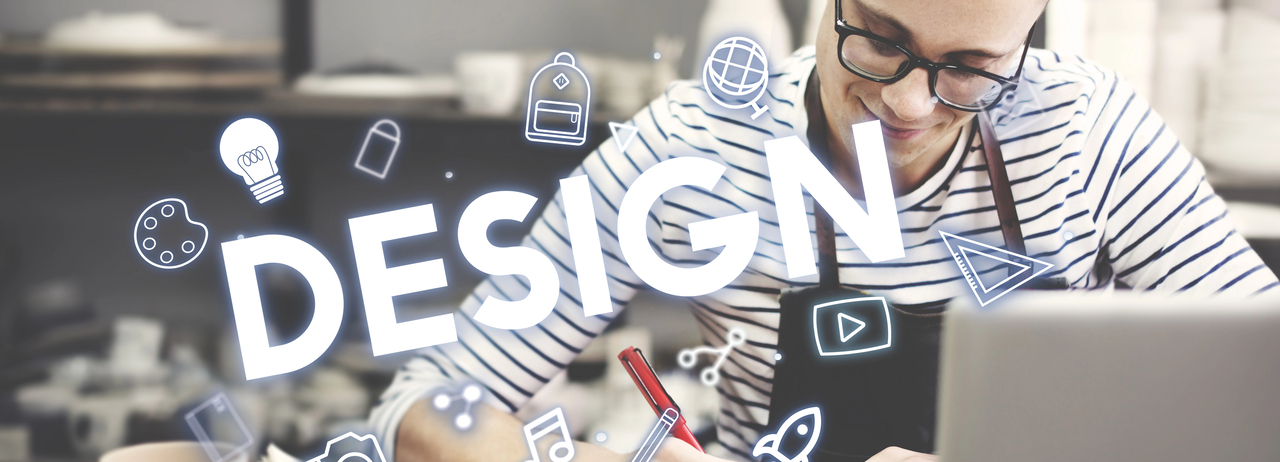
How To Design A Product That Stands Out In The Market
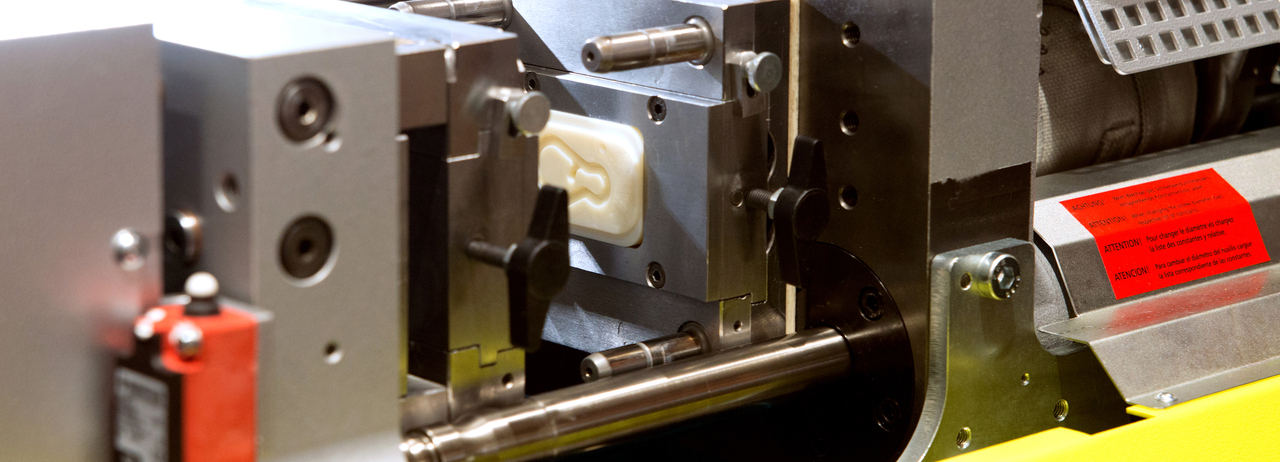
13 Advantages Of Injection Molding For High-Volume Manufacturing
Contact Us
For custom quotes please fill out the form below. Or email us at info@rmaengineering.tech.
